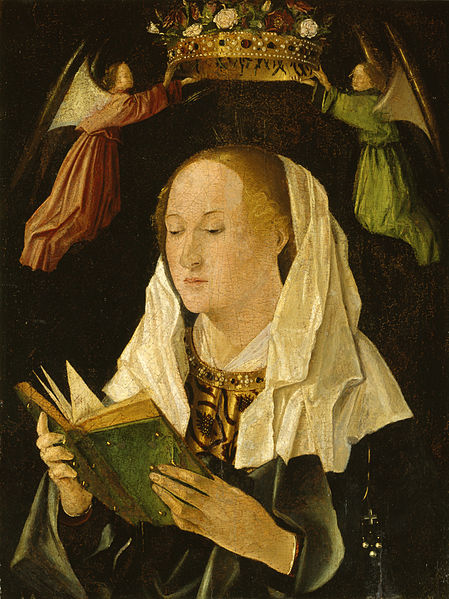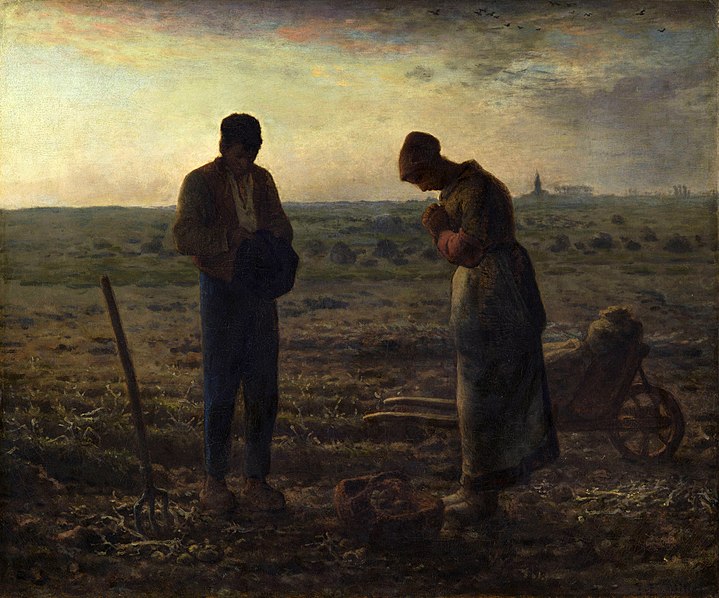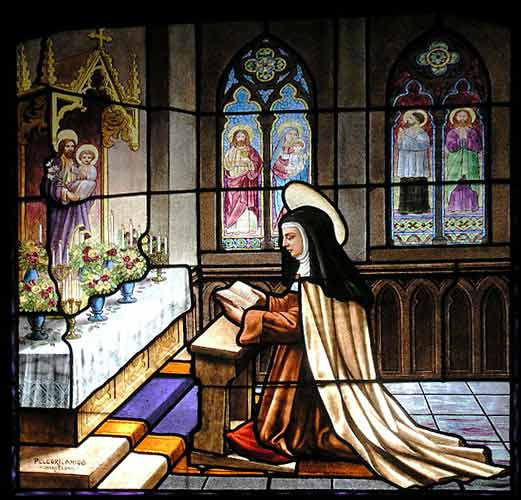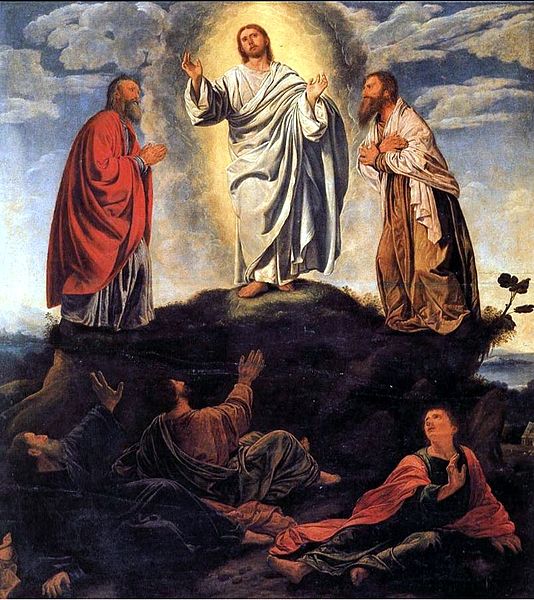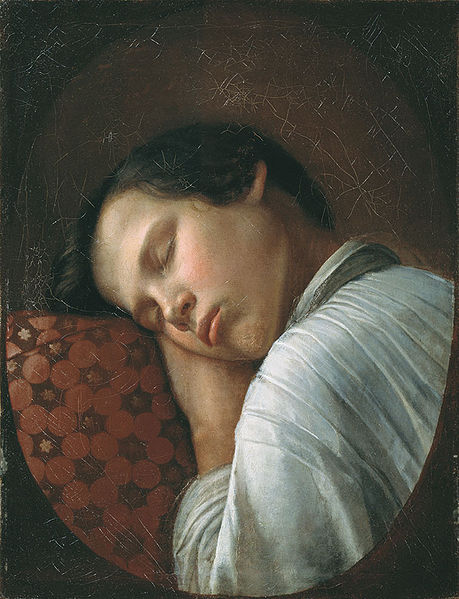I was never designed to live alone like an island unto myself.
Yet, in my pride, I cling tenaciously to my throne and crown.
Only when I was completely depleted and shattered,
only then did I resign and give God back His job.
There is a world of difference between a man who is aware of himself, sitting on a hill and looking at a beautiful sunrise and a man so enthralled with that very same sunrise that he forgets himself and becomes absorbed in the scene. In the first instance the man is egocentric; he is at the centre 0f his world, not God.
When I see beauty everywhere, I experience joy and a sense of connection because my eyes are not on myself. The truth is that I am simply part of the whole. Everything does not depend on me. I am free to relax and enjoy the beauty of nature and the Spirit of God which permeates all when I am in the right place in the scheme of things.
I am living in a fantasy when I see myself as the center of the universe, viewing everything as it circles around me. As believers we sing and recite prayers that proclaim that God is the centre of all but our psychological make-up screams the exact opposite. I view people, events, history and yes even God through my eyes, judging what is right, trusting my thoughts and my feelings as the final judge of what is real. When Jesus says that we must die to ourselves, He is not speaking about some pious self-sacrifice that makes us look holy, no He has something much more radical in mind. The kind of inner transformation Jesus desires literally rips the rug up from under our feet and shatters our world view.
◄ Galatians 2:20 ►
I have been crucified with Christ and I no longer live, but Christ lives in me. The life I now live in the body, I live by faith in the Son of God, who loved me and gave himself for me.
Why is modern man so anxious, nervous, out of sorts? Part of the reason is probably that many people barely see a blade of grass during their normal work day. Surrounded by concrete and glass, our innate self craves connection with the rest of the natural world, other people , the communion of saints, (both living and dead) and at an even deeper level, God Himself. Instead we live in isolated, man-made prisons which shut out other humans never mind other living creatures and God. Each person is at the centre of their little artificial universe. That means that each of us has assumed the role of king or queen of our tiny kingdoms with everything depending on us.
I was never designed to live alone like an island unto myself. Yet, in my pride, I cling tenaciously to my throne and crown. Only when I was completely depleted and shattered, only then did I resign and give God back His job. Only the did I surrender an ego centric point of view and embraced reality which is that God is at the centre of the universe and I am simply part of the Mystical Body of Christ.
Silly?
Definitely absurd but I only saw this fact after I surrendered and let go of control. I cannot find what is really important in life in self-created delusions butI can discover truth as I learn to live in harmony with a bigger universe than the one I create.
In the total expanse of human life there is not a single square inch of which the Christ, who alone is sovereign, does not declare, ‘That is mine!’
Abraham Kuyper
St. John of the Cross (San Juan de la Crux), who lived in the 16th century explains the inner process of becoming one with Christ.
I lose myself and remain,
With my face on the Beloved inclined;
All has come to rest,
I abandon all my cares
There, among the lilies, to die.
